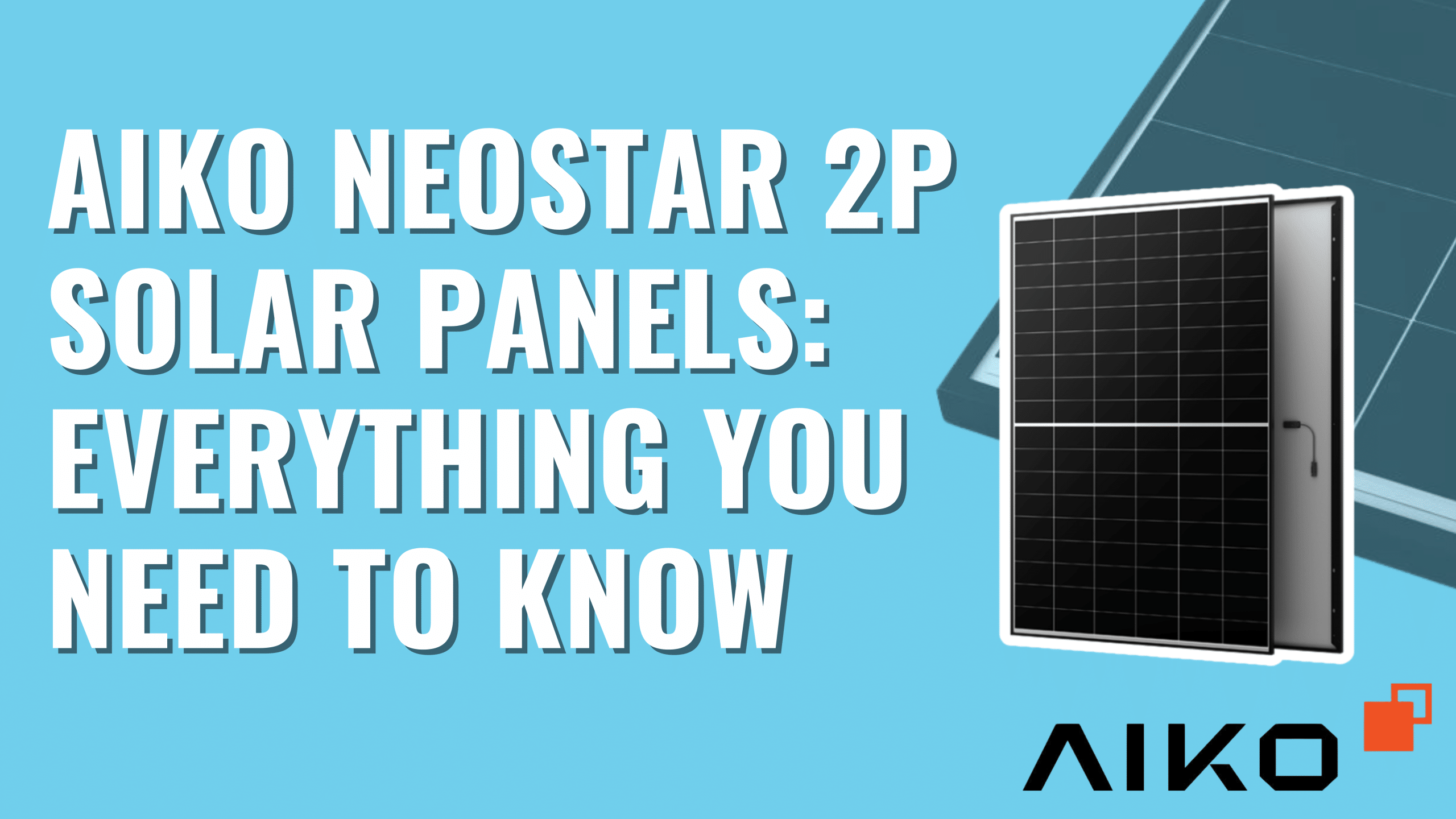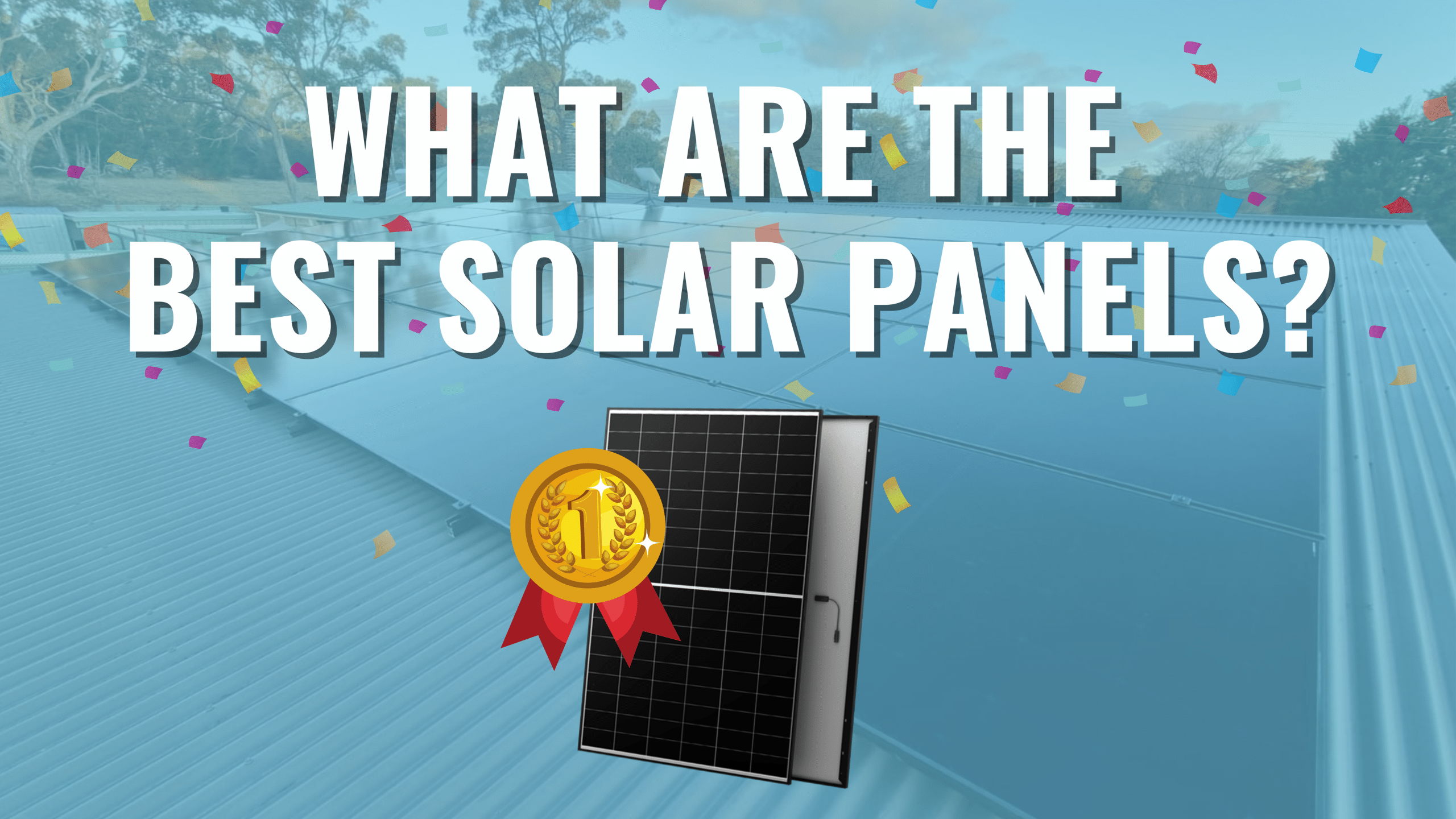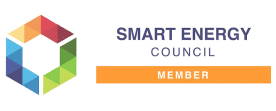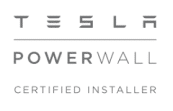
Written by Harleigh Dickinson
June 18, 2024
How Much Do Solar Panels Cost in 2024?
You’re exploring the possibility of installing a solar system to reduce your electricity bills. As you dive in, you quickly realise there are countless options, brands, and, most importantly, varying prices. Navigating this landscape can be overwhelming, especially when you’re trying to make a cost-effective and informed decision.
In this article, you’ll learn about the factors influencing solar panel prices in 2024, the average costs you can expect, and tips for finding quality installers. By the end, you’ll have a clearer understanding of the solar market, helping you make a well-informed investment that maximises your savings and boosts your home’s energy efficiency.
Pricing Factors For Solar Installations
Determining an exact price for your solar installation can be challenging without a comprehensive understanding of your needs and site specifics. Several factors can influence the cost, including system size, product selection, roof layout, phase type, shading, to name a few.
For instance, if your roof layout is more complex or requires a different panel arrangement, installation may take longer and increase the overall price. Additionally, if your property is affected by shading, you would benefit the most from a microinverter system, which tends to be more expensive than a traditional string inverter system. For more information on shading head to our blog on Microinverters vs String inverters.
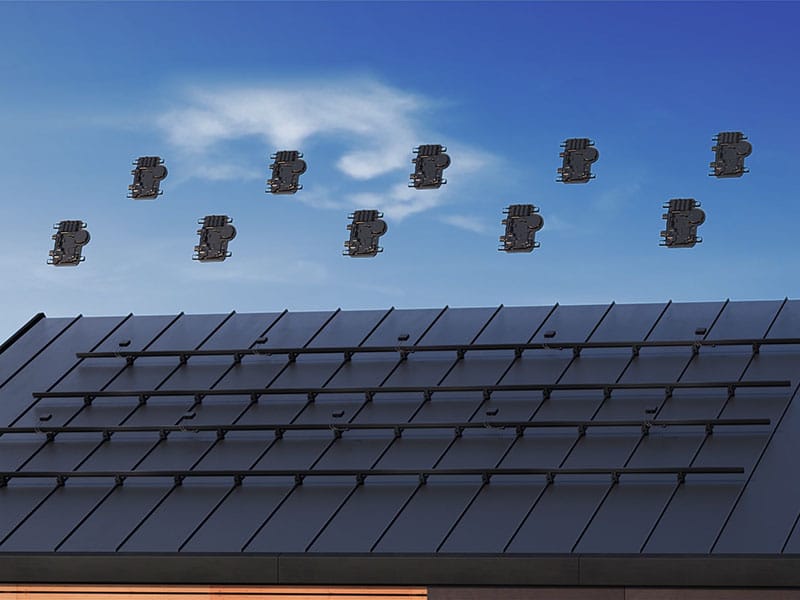
Solar System Size:
The size of the system you need significantly impacts the price. If the system size isn’t matched to your electricity usage, it may not make a noticeable difference in your bills. You might have seen solar panel systems advertised for $2,000 to $3,000 on social media or TV.
These low prices can be enticing, especially if you’re eager to reduce your energy costs. However, while it is possible to find solar installations in this price range, they might not lead to any substantial savings.
A system that costs around $3,000 is likely to be smaller and less powerful. If it’s not appropriately sized to meet your energy needs, the savings on your electricity bills may be minimal. Essentially, you could end up investing in a system that doesn’t provide a significant return on investment.
Typically a good quality solar panel installation will be:
– 6.6kW system between $6,000 and $9,000.
– 10kW system between $8,000 and $14,000.
– 13kW system between $9,000 and $16,000.
For more information on how to determine your system size see our article here

Which Solar Products You Choose:
The variety of solar panels, inverters, and solar brands available can be overwhelming, with options like Jinko, REC, Trina, SunPower, Fronius, Sungrow, Enphase, and SolarEdge.. the list goes on. Despite the extensive selection, most of these products perform similarly, with only minor differences.
Prices often reflect the country of manufacture, which is interesting considering we rarely question where our phones, computers, TVs, or fridges are made. Hint: it’s China. To make things a little easier we have an article comparing the best solar panels for 2024.
Phase Type At The Property:
Homes throughout Australia vary in terms of their electrical supply, which can either be single, dual, or three phase. Without bogging you down in the electrically technical side of things, the more phases a property has, the more power can be consumed from the grid and vice versa, the more power can be exported to the grid.
This difference in electrical supply will dictate whether a single phase or three phase inverter is to be installed. A three phase inverter and cabling is slightly more expensive than the single phase alternative. With dual phase properties, it may also be required to install two single phase inverters with one inverter on each phase, which does increase the overall system cost but is ideal to ensure the solar system produces power equally across phases.
Your Roof Layout
Roof layout will play a key role in the price of your solar installation as the more complex the panel layout needs to be, the more expensive it will be. This complexity also determines whether you need a microinverter system or a string inverter system, as most string inverters come with 2 inputs, known as MPPT’s, two different facing rooftops can be utilised, whereas microinverters offer greater flexibility of design as each individual microinverter operates independently of one another.
An ideal install type would allow for a straightforward panel layout, with all panels installed as one array, a single story home, on a regular 25-degree pitch, and facing north. This would mean the panels can easily be installed together, with a cost effective string inverter and will maximise sunlight exposure and efficiency.
If your roof lacks adequate space and panels need to be spread out due to peaks or skylights, the panels may need to be separated into multiple arrays, leading to a slightly longer installation period with multiple roof penetrations, which ultimately increases the price.
Our solar packages include a “starting from” price, which is based on a straightforward roof layout, single-phase system, and low degree of pitch (25 degrees). These prices are realistic and provide a baseline for simpler installations.
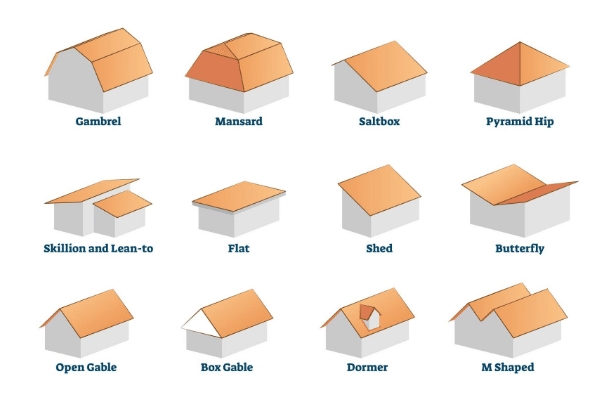
Your Roof Pitch:
Roof pitch is another determining factor with the price of your solar installation. A good quality installer will have assessed the roof pitch prior to quoting to ensure adequate access to safely and efficiently install your solar panel system. The steeper the angle of your roof, the harder it is to install safely and as such the longer it takes to install. As you could imagine, walking on a 35 degree pitched roof would be considerably more challenging than a flat roof.
Single Or Two Story:
As briefly touched on earlier, a single story home will not add another level (pun intended) of cost for your solar installation. However, if you have a two-storey home, more equipment is needed to safely access the roof, adding complexity and increasing the overall cost for the installation team.
Tin or Tile Roof:
Installing solar panels on a tin roof is much simpler compared to a tile roof. Tin roofs do not require modification for the installation. In contrast, tile roofs require individual tiles to be ground down to accommodate the solar racking, making the installation process more complex and time-consuming.
There are various types of tiles, each with its own challenges. For example, French terracotta tiles are relatively easy to work with but can disintegrate due to their age. Shingle ceramic tiles are generally more robust but require each tile to be removed and brought down to ground level for modification.
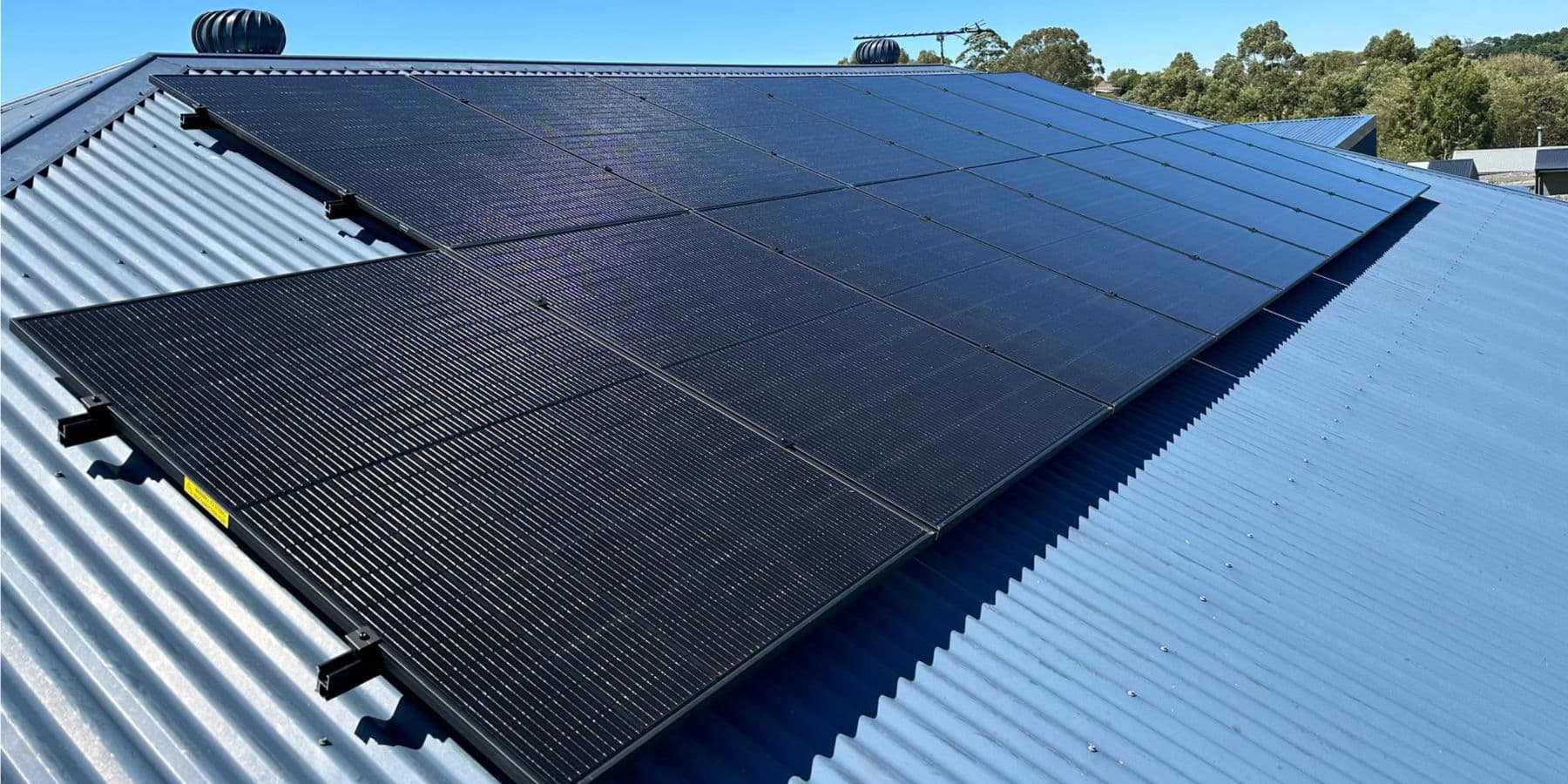
Raked Ceilings:
Raked ceilings, while visually stunning, can limit solar installation due to the reduced internal roof space. Typically, conduits encasing the cabling are run through the roof space or, if there’s room, just underneath the roof sheets.
For a high-quality installation, these conduits should be hidden within the roof cavity. This approach not only prevents unsightly visible conduits but also ensures the safest installation method.
With string inverters, extra care needs to be taken when installing DC cabling from the panels to the inverter. This high voltage cabling comes with much greater regulation and stricter rules which may require the installation of steel conduit in sections where sufficient clearance is not possible from the cabling.
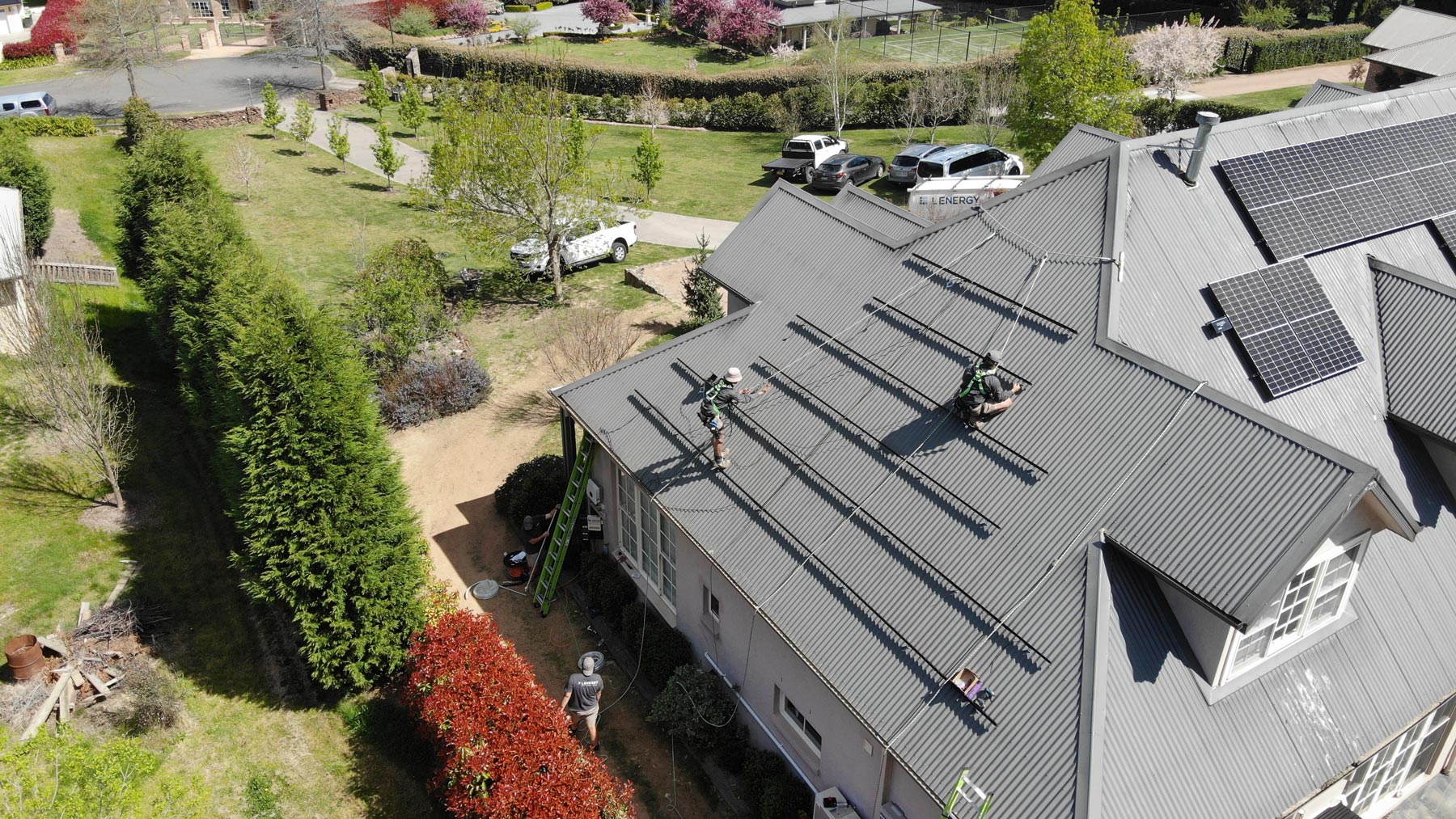
Wi-Fi:
Wi-Fi is essential for monitoring your solar system. If your system is installed in an area with insufficient Wi-Fi coverage, such as a shed or the back of the house, you won’t be able to connect and monitor your investment to ensure it is functioning properly. This would increase the installation cost, as a Wi-Fi booster may be needed, either provided by you or installed by the solar installer.
In-house Solar Installers Or Subcontractors
Some solar companies outsource the labour to subcontractors. While this isn’t necessarily a bad practice, it can be a bit of a gamble. The quality of subcontractors can vary greatly; some are excellent, while others may not meet the same standards. Quality control can be inconsistent compared to companies that invest in in-house installation teams.
Additionally, subcontractors are often paid per job (on a cost per kW basis), which might lead them to complete the work very quickly, potentially compromising on quality and cutting corners.
Head to our article Subcontractors vs In-house Solar Installers for more information on what we think of this topic.
STC’s (Government Solar Rebate)
You may have noticed that some solar packages only have slight price variations, which is due to how STCs (Small-scale Technology Certificates) are allocated. These STCs are awarded based on the system size, or the number of panels. For instance, a 15-panel system might receive $2,425.50 in STCs, while a 17-panel system could be awarded $2,579.50 in STCs. The difference between these allocations is only $154.
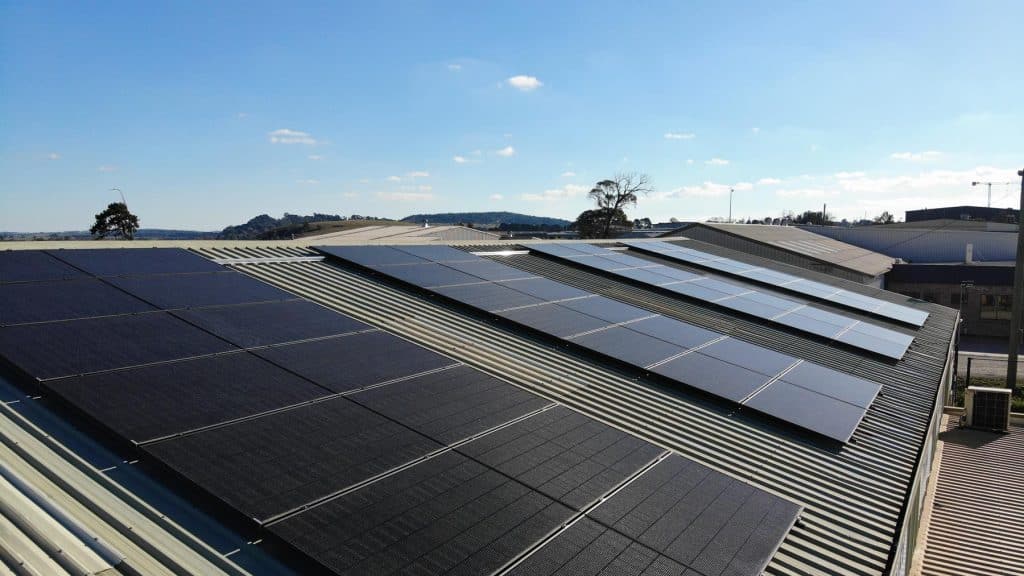
There Is No One Size Fits All
Why does one company charge more than another? While we can’t speak for each company’s pricing, we can shed light on possible reasons. A reputable installer considers multiple factors and understands that every situation is unique, ensuring a tailored approach rather than a one-size-fits-all solution.
This information will help you better understand how solar panels are priced and how to select a reputable installer. Ultimately, it’s about identifying what you want from your solar installation and the results you aim to achieve.
Next we recommend you decide on what inverter you would like to pair with your solar panels: String Inverters vs Microinverters vs DC Optimisers

